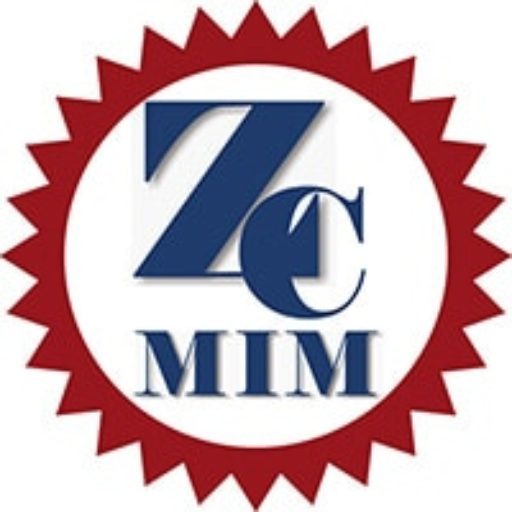Metal Injection Molding Process
Metal Injection Molding (MIM) Process
Metal Injection Molding (MIM) is a metal parts manufacturing process for complex structure with high precision. This molding process combines metal powder, injection molding and sintering technologies together, in order to guarantee MIM parts can be complex with tight tolerance as well as excellent surfaces. In addition, select metal powder with various size and shape and complement additives will create different MIM parts chemical and physical properties, binder component for every powder particle will determine final form rigidity.
ZCMIM team will cooperate with you to assess the feasibility for MIM production cost, material and manufacturing. We will also give our suggestion of design adjustment to achieve the best effect of Metal Injection Molding
Our main step of MIM including: Compounding, Injection Molding, Debinding, Sintering.
MIM Compounding
Feedstock production is the first step in MIM manufacturing process, extraordinary fine metal powder (usually smaller than 15 microns) are mixed with binder component, which consist of primary paraffin material, secondary thermoplastic polymer and other usage materials. In this step, all very fine elemental or prealloyed metal powders will get extensive characterization by uniformly coated with binder, in order to achieve the flow character required in the next injection molding process.
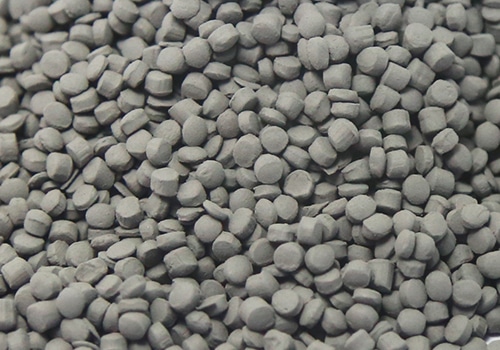
This mixture will be granulated into pellets for injection molding machine as feedstock through cooling action, and binders typically comprise 40% volume of feedstock. MIM can achieve 95-100% theoretical density, compare to stand powder metallurgy with only 80-90%.
MIM Injection Molding

This step is MIM parts molding in conventional molding machine,
- Feed pellets are fed into the molding machine barrel through a hopper by gravity.
- Then binder in feedstock will be heated by heaters in the barrel, this will make feedstock melted into toothpaste consistency.
- Reciprocating screw will force molten material into a two-part mold through opening gates.
- Raw parts with fully formed geometry will be ejected from mold once cooled
Normally, we call raw part as green part, which is still composed of same proportion of metal powder and binder as feedstock. But because of binder expanding, its dimension will be 20% (binder volume dependent) larger than the finished MIM part.
We also can easily add special design features like undercut or cross holes during this step, which is not feasible in molding process, but convenient by machining or secondary operation way.
Start Your MIM Project Now
MIM Debinding
Debinding or binder removal step is a controlled process to remove most of the binder and leave enough binder for backbone, which will hold parts size and geometry of completely intact. This process is performed chemically (catalytic debinding) or thermally, in some case solvent or water bath will be the initial step. The debinding method depends on processed material type, physical and metallurgical properties and chemical composition. The parts after debinding process is referred as brown part.
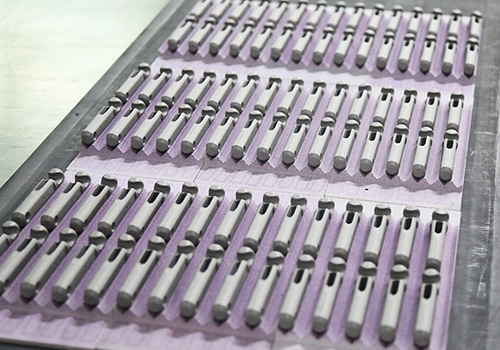
MIM Sintering
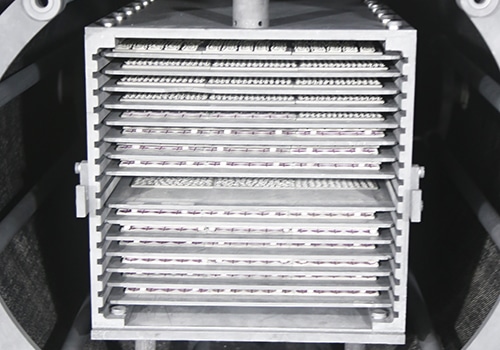
Sintering is commonly processed slightly below the liquids/solidus temperature, this also called solid-state sintering. In this temperature, metal powder will be atomic motive for metal particle bonding, to form final natural density parts. As we know, metal or alloy sintering temperature is below melting temperature. In sintering process, brown parts are stage on ceramic setters, and then placed into bath or continuous furnaces with protective or vacuum atmosphere. A precise temperature profile will be controlled and monitored to increase gradually to a specific temperature.
This process will remove remaining binder in early cycle, then metal particles fuse to elimination surface pores, at the same time, parts shrink isotropically to design dimensions and transform into dense solid. Actually, final MIM parts are almost 20% shrinkage in each dimension in reason of binder space annihilation. Sintering can reach 98% theoretical density in advance control process, this end-product is net-shape metal component, which has similar mechanical and physical properties as conventional metalworking methods.
MIM Secondary Operation
Secondary operation is used to improve final parts material properties, achieve tight tolerances, enhance a cosmetic surface, or assemble additional components. MIM parts can use machining, tapping, drilling, broach, grounding or welding operation same as wrought counterparts. Heat isostatic and heat treating will improve MIM parts strength, hardness and wear resistance. Standard coloring and plating can be applied without surface preparation, because of MIM part’s low interconnected porosity.
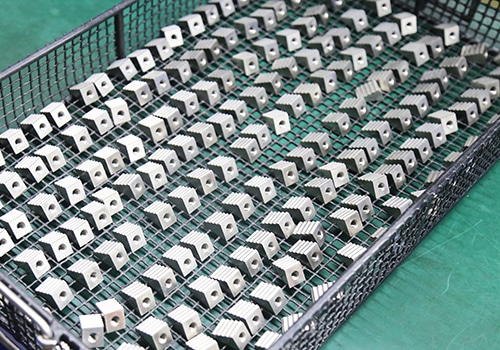
Post-sintering Operation
ZCMIM post-sintering operation including :
Coining
Force sintered components to conform rigid mandrel, substrate to straighten, in order to guarantee desired MIM parts flatness and dimensions. This process will reduce spread dimensions for proper size features.
Machining
All common machining methods can apply to sintered MIM parts, like add threads, undercuts, grooves, ultra-tight tolerances, or special features.
Heat Treating
Sintering process leave MIM parts in an annealed state, heat treatment can adjust high carbon ferrous alloys hardness and other properties. Precipitation hardened stainless steels need cycles of heat to optimize its mechanical properties. Sometimes, heat treatment are incorporated into sintering cooling cycle.
Hot Deformation
Sintered parts will be heated and deformed by rapid forging stoke, in order to ensure proper size and density. Steel strength will increase from 500Mpa with sintering to 720Mpa with hot deformation.
Surface Carburization
Carbon is an important element to attain high strength steel, utilize heating cycle with methane atmosphere will attain high surface hardness on MIM parts. Surface carburization results in dimensional precision loss, so we need to trade off MIM parts surface hardness and dimensional accuracy.
Joining
Sintered parts can be joined together by welding, brazing or adhesive techniques as other metallic components. MIM parts metal materials behave same as standard metals, laser welding is very effective for MIM stainless steels.
Surface Treatments
MIM parts can be applied by various surface treatment as polishing, coating, painting, cleaning, anodizing, plating, sealing, and laser glazing. Electroplating is applied to improve MIM parts aesthetics and corrosion resistance. Nickel electroplate is perfect for instrumentation, firearm and magnetic components.
Hot Isostatic Press (HIP)
The MIM parts are typically 96-98% density after sintering process. HIP treatment will increase density to 100%. The sintered component will be loaded into a sealed chamber, then heat the chamber and introduce argon gas. The heated gas create pressure to collapse internal porosity and compress MIM parts.
